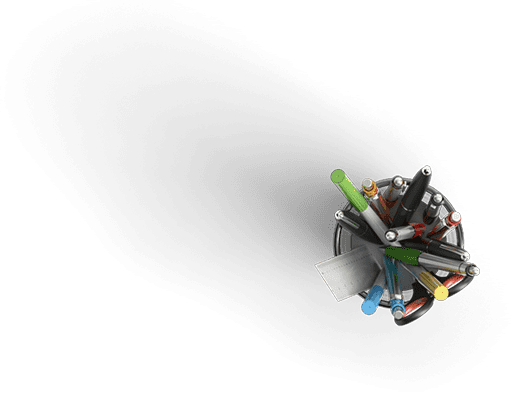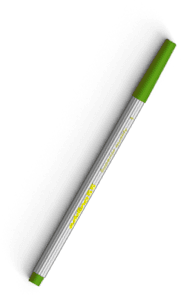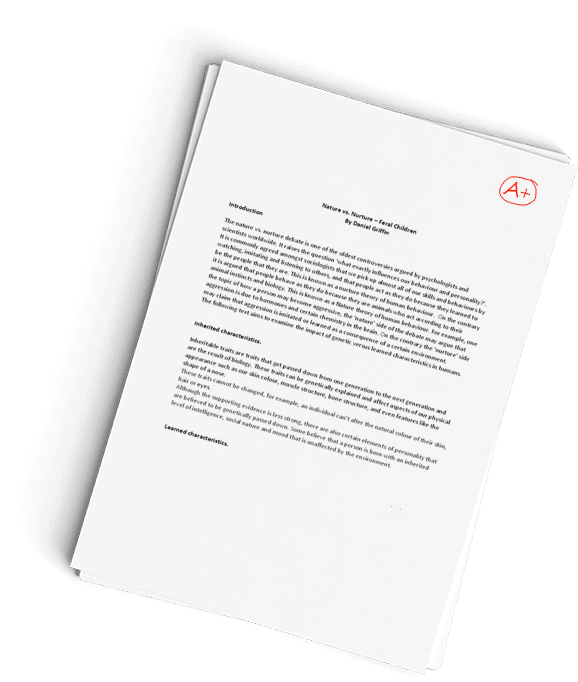Developments in Current Nursing Practice
Question Description
Instructions: 1. This is a leadership and managment assignment. Review case study. Answer questions. Write a summary and upload a copy.
2. Envision being the RN experiencing the situation and comment on how you would handle the situation. Post focusing on leadership and management critical thinking and strageties. Class members reply to comments in “discussions”.
Nursing Now
Chapter 27: Developments in Current Nursing Practice
Case Study
Fran, a 22-year-old woman, was admitted to a large urban medical center, City Medical, for a prescheduled elective labor induction. This was her first child, a son, and Fran and her husband were very excited to have the baby. The nursing staff admitted Fran for an elective induction of labor at 39 weeks of pregnancy. As a routine part of the admission process, Fran and her baby were connected to a bedside fetal monitor, which is also connected to a monitor at a central monitoring station in the nurses station where it is to be watched at all times.
After an initial assessment of Frans condition, it was determined by the certified nurse midwife (CNM), Shilo, that her cervix was not ripe (ripe = soft, dilated, and shows early effacement). However, the nursing staff began the process to induce the onset of labor. An additional assessment showed that Fran had a Bishops score of only 5 out of 10. Bishop scores (pelvic scores) assess five elements of the pelvis to help determine whether a woman is ready for delivery or induction. Scores below 6 mean that the chance of having a normal vaginal delivery are low and have approximately a 50%, or higher, rate of cesarean section. Neither the providers nor the nurses documentation mentioned that Fran or her husband were ever told of the risks associated with an induced labor at this time. She was told that she had mild hypertension.
The data from the fetal heart monitor showed that the baby was oxygenating well with a normal heart rate of 115 when the IV induction medication, oxytocin (Pitocin), was started. As the medication rate was slowly increased to the point where contractions were becoming stronger, the monitoring data remained stable. Hospital policy required that an RN remain with the patient during the induction process. Because Fran was initially assigned to Shilo, the CNM, she was in charge of managing the induction and delivery process, not an unusual practice at this facility.
The induction was proceeding more slowly than expected, and after more than 16 hours on continuous duty, the CNM left the bedside to rest and handed the care to the staff RN. During the 3 hours Shilo was gone, the fetal heart rate dropped from a category I (>110), to a category II (<100). However, the staff RN continued to increase the rate of Pitocin even though the contractions were very strong. Shilo was awakened by the staff nurse when the fetal heart rate dropped to a category III (<90). It took another 30 minutes for the CNM to arrive at the bedside. A category III fetal heart rate, according to policy, requires emergency intervention by a qualified obstetrician to resuscitate the fetus in utero and/or accomplish an immediate delivery.
The attending obstetrician came in about an hour later and conducted the delivery by vacuum extraction procedure, which lasted almost 30 minutes (normal time is 510 min). The CNM had not yet been approved on the procedure of a vacuum extraction birth without supervision and could not have performed the procedure any earlier. When Frans baby was finally delivered and assessed by the newborn nursery staff, he had a heart rate of 38 beats per minute, no muscle tone, no reflexes, and no respiration. The Apgar score he was given was 1 out of a possible 10. Although resuscitation was initiated immediately by the staff and physician, no pediatrician was present as required by facility policy. When a pediatrician did arrive, the baby was finally intubated and oxygenated. He was transferred to the facilitys neonatal intensive care unit (NICU). The parents were told that their baby had suffered from some brain hypoxia due to the prolonged labor, but that the NICU would be able to reduce the resulting brain swelling by reducing the babys temperature.
Although the hypothermia procedure was partially successful, the couples son would likely suffer from spastic quadriplegia, commonly known as cerebral palsy. A consulting neurologist told Fran and her husband that their son would likely require lifelong, full-time care although he could live into adulthood.
Questions
- Look up the definitions of adverse event and sentinel event. Into which category does this case study fall into and why?
- If Fran and her husband decide to file a lawsuit, what would be the grounds for it?
- Who would be named in the lawsuit and why?
- Identify at least three ethical violations that occurred.
- Identify the long-term outcomes of the botched delivery.
Have a similar assignment? "Place an order for your assignment and have exceptional work written by our team of experts, guaranteeing you A results."








